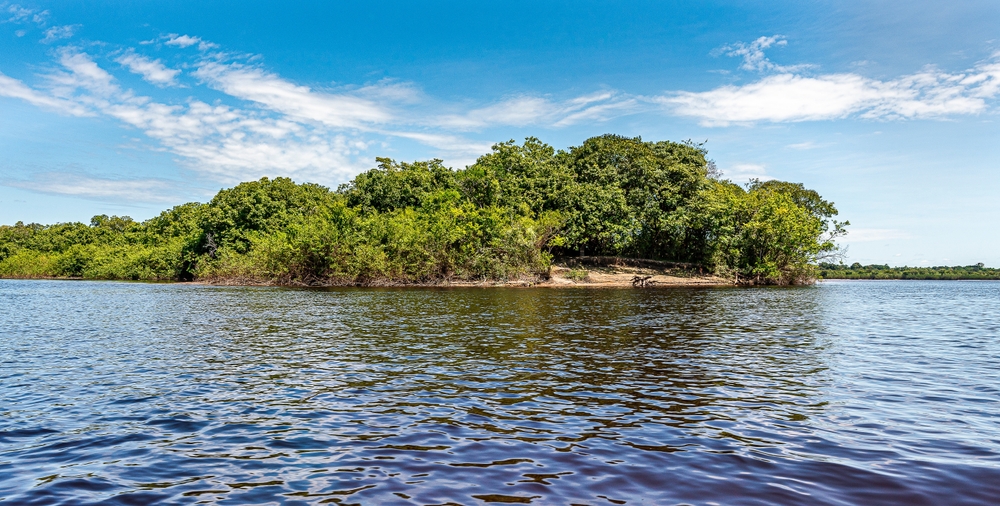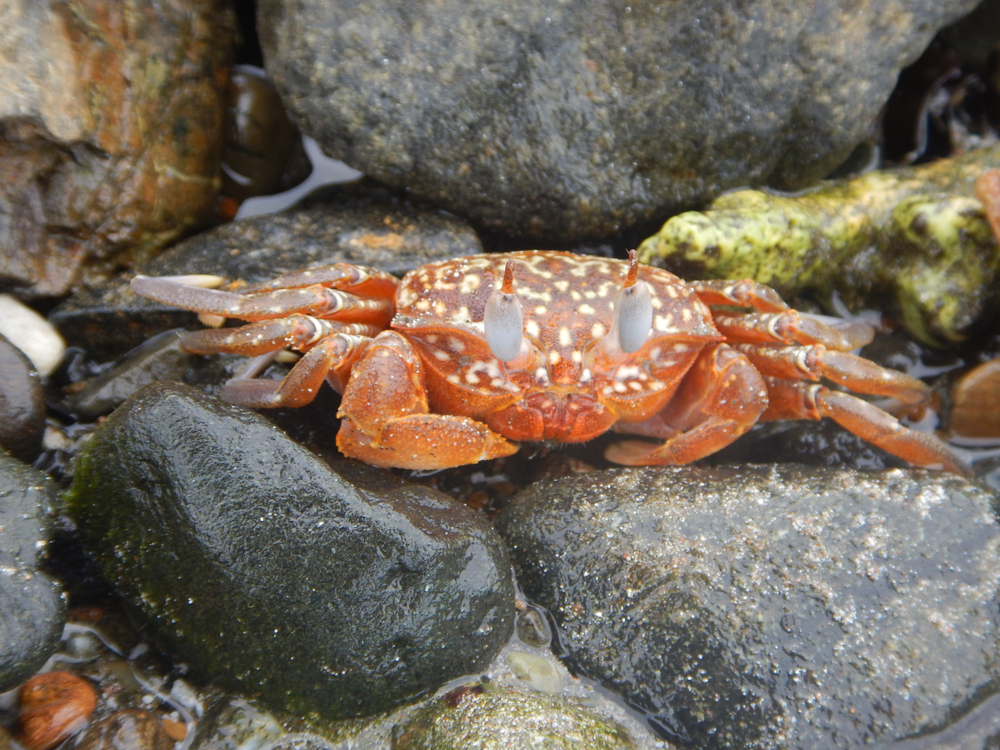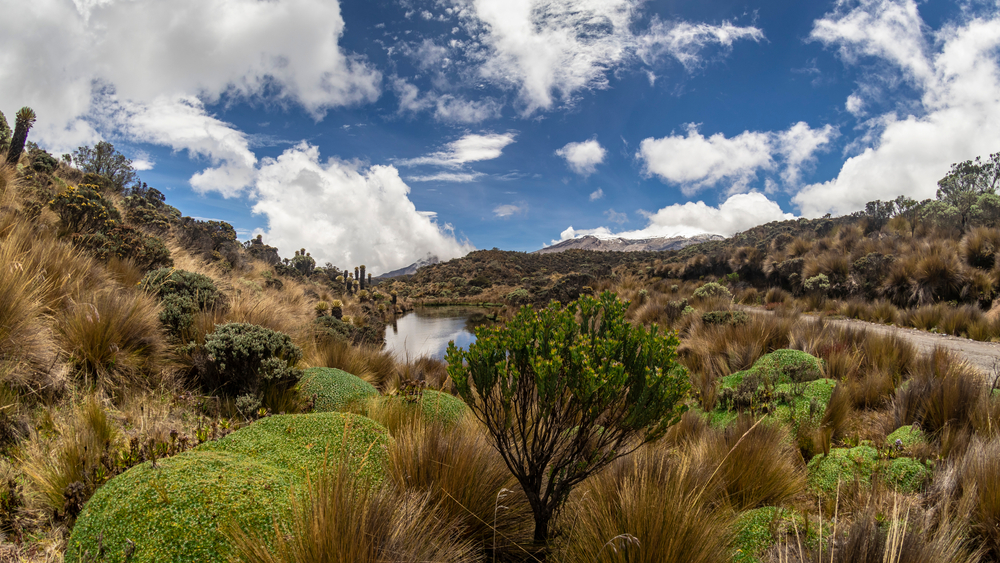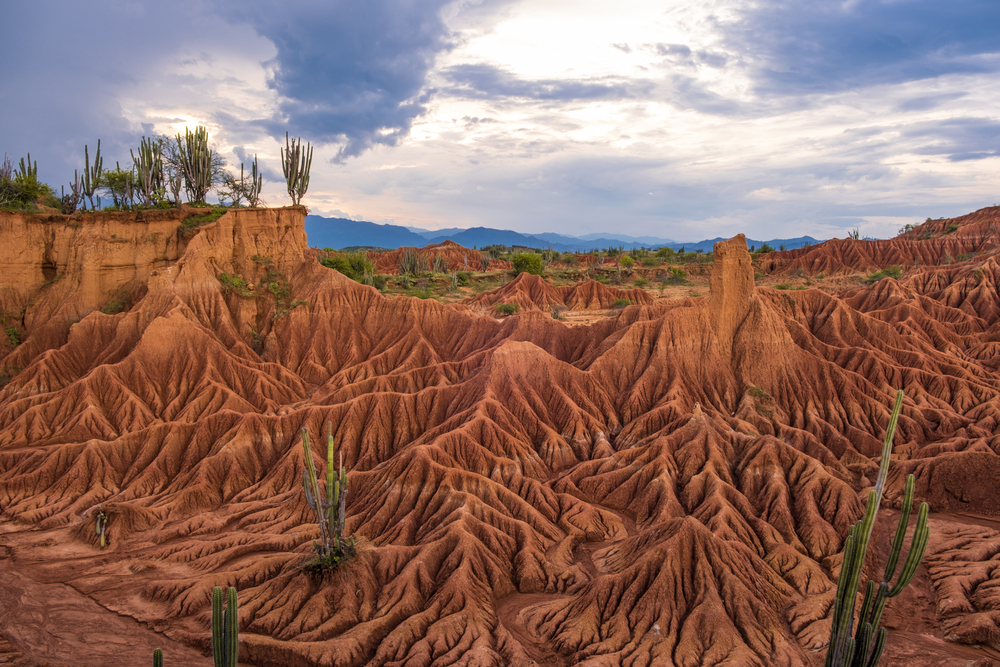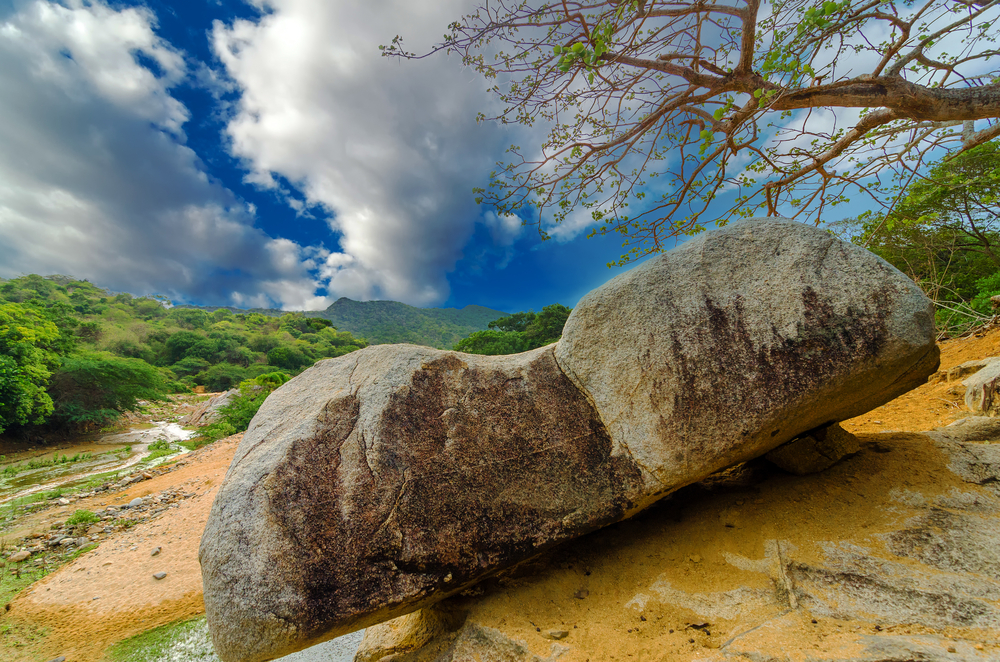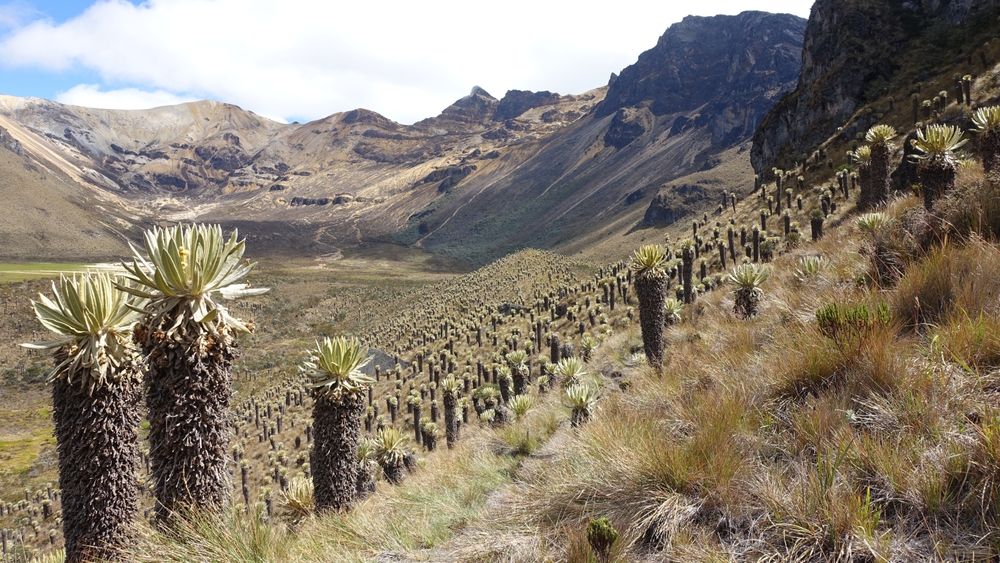Pisba Overview
Pisba National Park, known locally as Parque Nacional Natural Pisba, is a protected area in the Andean region of Colombia, located in the Boyacá Department. C
overing approximately 222 square miles (575 square kilometers), the park is a vital part of the Eastern Cordillera of the Andes, offering diverse landscapes that range from paramo ecosystems to cloud forests.
The terrain is rugged, characterized by rolling high-altitude grasslands, deep valleys, and steep mountain slopes, interspersed with winding rivers and pristine wetlands. Pisba is also historically significant, as it played a crucial role in Simón Bolívar’s independence campaign, particularly during his crossing of the Andes.
The park’s landscape is dominated by the paramo ecosystem, a unique biome found in the high-altitude tropics of South America. This environment is home to frailejones (Espeletia spp.), a distinctive plant species that thrives in cold, misty conditions.
The paramo transitions into dense Andean forests, which are filled with moss-covered trees, orchids, and ferns. Numerous water sources, including lakes, rivers, and streams, originate within the park, making it a critical watershed for the surrounding regions. Pisba’s fog-laden valleys and exposed ridges create a dramatic contrast, offering visitors a glimpse into one of Colombia’s most ecologically significant areas.
Wildlife is abundant, with numerous mammals and bird species inhabiting the park’s different ecosystems. Among the most notable species is the spectacled bear (Tremarctos ornatus), South America’s only bear species, which roams the Andean forests. Other mammals include pumas, deer, and Andean tapirs, all of which rely on the park’s protected habitats.
The birdlife is equally diverse, with species such as the Andean condor, sword-billed hummingbird, and golden-plumed parakeet making Pisba a paradise for birdwatchers. The mix of paramo and cloud forest ecosystems creates an ideal environment for both endemic and migratory species, making Pisba an important site for biodiversity conservation.
Visitors to Pisba National Park can engage in several activities that highlight its natural beauty and historical significance. Hiking and trekking are the most popular ways to experience the park, with trails winding through paramo landscapes, cloud forests, and historical routes once traveled by Simón Bolívar’s army.
Birdwatching is another key attraction, as the park is home to rare and endangered species. The park’s rivers and waterfalls provide opportunities for nature photography and peaceful exploration, though it remains a relatively untouched and rugged destination. Due to its ecological importance, access to certain areas is restricted to protect its fragile environment.
Pisba National Park faces conservation challenges, primarily due to deforestation, illegal mining, and climate change. The fragile paramo ecosystem is particularly vulnerable to shifts in temperature and moisture levels, which can significantly affect water availability in the region.
However, conservation efforts have made strides in protecting key habitats and promoting sustainable tourism. The Colombian government and local conservation groups continue to work on reforestation projects and community engagement initiatives, ensuring that the park remains a sanctuary for wildlife and a key water source for surrounding communities.











































































